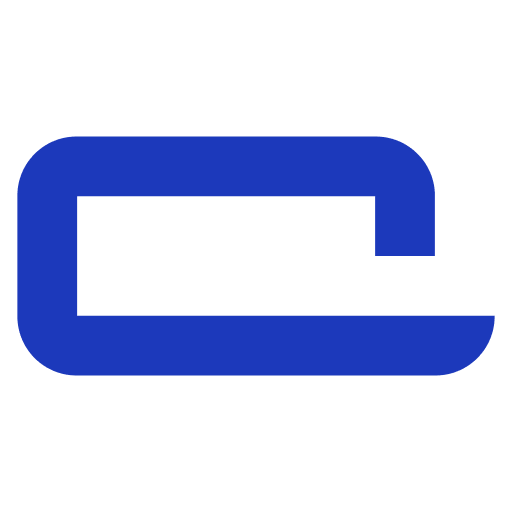Key Takeaways
- Mitosis is a modular Layer 1 blockchain designed to enhance decentralized finance (DeFi) liquidity by making it more flexible and accessible.
- When users deposit into Mitosis Vaults, they receive Hub Assets that represent their deposits across chains.
- Hub Assets can be deployed in two main systems: Ecosystem Owned Liquidity (EOL) for passive yield or Matrix for curated opportunities with higher returns.
- The ecosystem is supported by three tokens: MITO, the utility token; gMITO, for governance; and tMITO, a time-locked version of MITO that offers bonus rewards.
What Is Mitosis?
Mitosis is a Layer 1 blockchain designed to make decentralized finance (DeFi) more accessible. In many DeFi protocols, once tokens are deposited, they become locked and can’t be used elsewhere, which limits capital efficiency. At the same time, some of the best opportunities, such as early access to liquidity campaigns, are often reserved for large investors through private deals, leaving smaller participants at a disadvantage.
Mitosis addresses these challenges by converting deposits into Hub Assets, which are tokenized representations that can move across blockchains. Instead of sitting idle, Hub Assets can be deployed into community-managed pools that generate steady yields or in custom strategies that target higher returns.
To encourage participation and align incentives, Mitosis operates with a three-token model:
MITO: The native utility token used for staking, rewards, and ecosystem activity.
gMITO: The governance token that grants voting rights on upgrades, parameters, and cross-chain decisions.
tMITO: A time-locked form of MITO that accumulates additional value over time.
How Mitosis Works
Modular architecture
Mitosis is built as a Layer 1 blockchain with a modular design that separates its execution and consensus layers. The execution layer is fully compatible with the Ethereum Virtual Machine (EVM), enabling developers to utilize familiar Ethereum contracts and tools for deploying applications.
The consensus layer uses Proof of Stake (PoS) and is powered by Comet Byzantine Fault Tolerant (CometBFT) and the Cosmos Software Development Kit (SDK). CometBFT provides fast and reliable consensus, while the Cosmos SDK offers a framework for building secure, customizable blockchains. This setup allows Mitosis to adopt Ethereum upgrades while also benefiting from improvements in the Cosmos ecosystem.
Hub Assets
Mitosis connects to blockchains like Ethereum, Arbitrum, and BNB Chain through a hub-and-spoke design. When you deposit tokens into a Mitosis Vault on one of these chains, the system mints Hub Assets for you on Mitosis. Each Hub Asset matches your deposit one-to-one and works as a more flexible version of your tokens. With Hub Assets, you can move your funds across the ecosystem and use them in different strategies without going through the usual slow and complex process of bridging or wrapping tokens.
The process usually consists of the following steps:
Deposit funds: You start by depositing tokens into a Mitosis Vault on a supported blockchain.
Receive Hub Assets: For each deposit, an equivalent amount of Hub Assets is minted on the Mitosis Chain. These represent your tokens, giving you the flexibility to explore different strategies.
Select strategy: You can allocate Hub Assets to Ecosystem-Owned Liquidity (EOL) for passive, committee-managed yields, or to Matrix for curated opportunities with higher potential rewards.
Receive tokens: Based on your choice, you’ll get miAssets from EOL or maAssets from Matrix. These tokens represent your position in the strategy and automatically start earning yields.
Collect rewards: As strategies generate returns, the rewards are collected into the vault. Equivalent Hub Assets are then minted and distributed back to you through a proof-based system that maintains fairness and transparency.
Key Features
Ecosystem Owned Liquidity (EOL)
EOL allows you to pool your assets with other users and rely on the community to decide how that liquidity is deployed. When you deposit into an EOL vault, you receive miAssets that represent your share of the pool.
These tokens automatically earn yields from strategies that run across multiple blockchains, so you don’t need to manually move funds or compare opportunities. By participating in EOL, you benefit from the scale of larger liquidity pools typically reserved for large institutions, while still maintaining a say in how strategies are managed through governance and voting.
